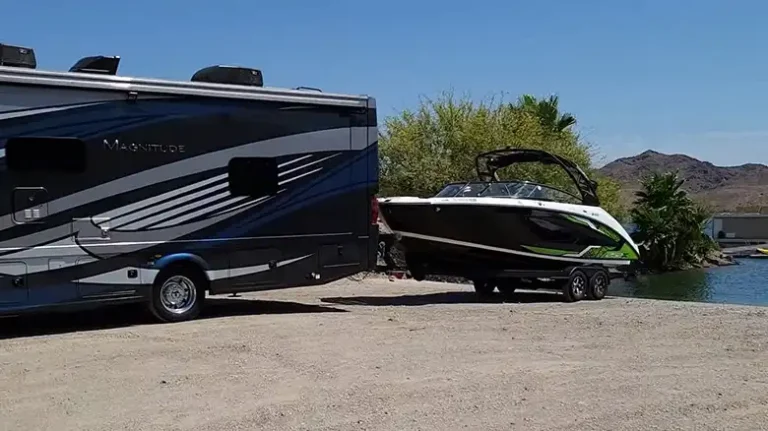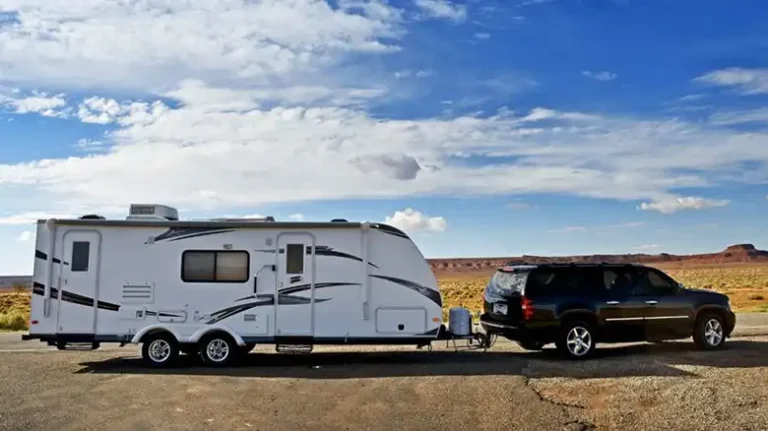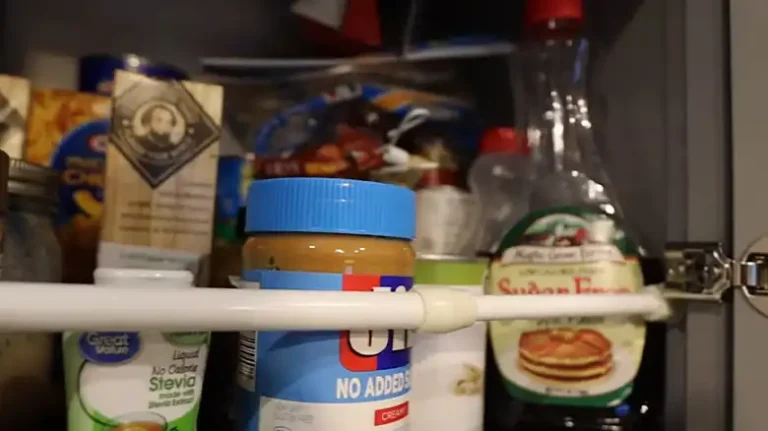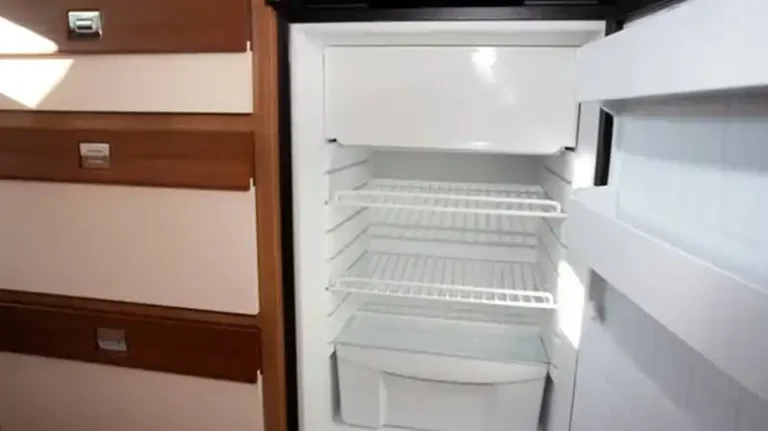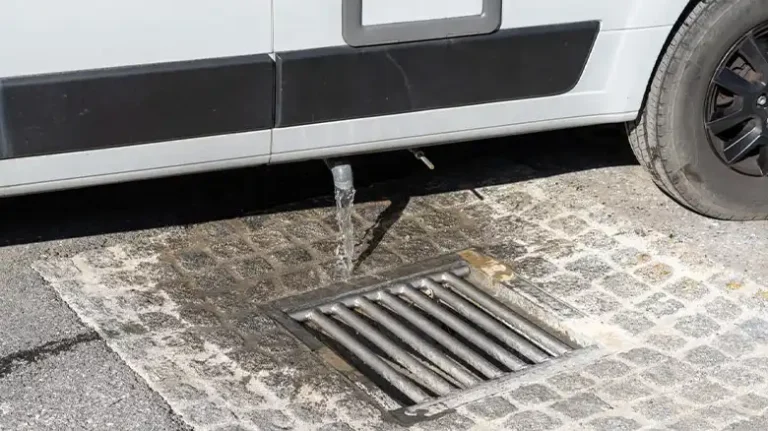Organizing and Maximizing RV Refrigerator Space | Easy Guide for You
Living in an RV poses unique food storage challenges compared to a traditional home kitchen. The compact refrigerators found in most campers offer just a fraction of a residential fridge’s space. Yet RVers need to store a similar volume of fresh ingredients, leftovers, and weekly grocery hauls. Between regular restocking runs, RV fridges quickly become overstuffed and chaotically disorganized, leading to wasted money on spoiled food. Finding specific ingredients also becomes frustratingly difficult.
By mastering some specialized RV refrigerator organization techniques, you can transform even the tiniest camper space into an efficiently functioning food command center. Follow these guiding principles: Take thorough inventory and eliminate waste. Incorporate storage containers to optimize space. Strategically arrange items for efficiency. Employ specialized space-saving gadgets. And institute food safety habits through proper planning, prep, and maintenance. With thoughtful effort, you can customize any small RV fridge into an organizational wonder.
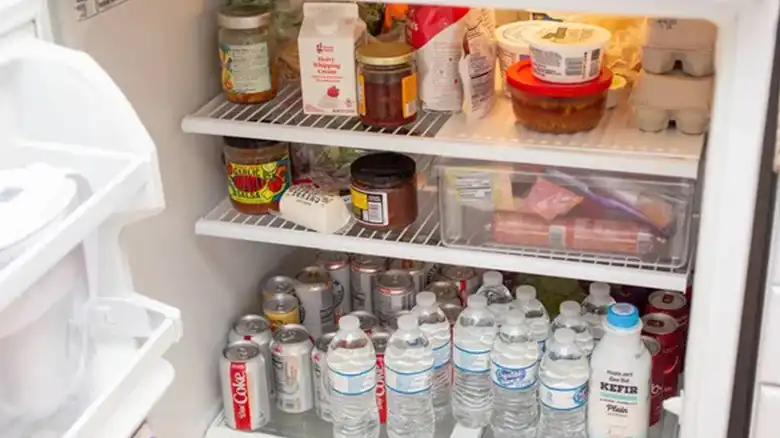
Take Inventory & Purge Unnecessary Items
When first attempting to organize your RV refrigerator, start by taking a full inventory and purging any unnecessary items. This allows you to see everything you currently have stored and make decisions about what should stay and what should go.
First, remove any expired, spoiled, or unwanted foods. Check expiration dates and toss anything that is past its prime or that you know your family will not end up eating. Compost if possible.

Next, set aside any unopened non-perishable food items that your family does not need in the next 2-3 weeks. These types of shelf-stable items can potentially be donated to a local food bank.
Finally, take notes on any items you notice your family uses only infrequently. Although we tend to be reluctant to part with extras “just in case we need them someday,” the reality is we likely won’t. Identify these seldom-used foods as candidates for removal.
Use Storage Containers
Investing in storage containers is one of the easiest ways to instantly upgrade your RV refrigerator organization. Clear plastic storage bins, fabric caddies, and other specialized RV containers help corral loose items into neat categories so you can efficiently maximize every inch of space.
Start by using clear plastic bins and storage containers to group similar food types. For example, store fruits and vegetables together in one bin, fresh meats in another, dairy products in a third container, and so on. Labeling each container allows for quick identification of what’s inside.
Small storage caddies or fabric bins are useful for organizing the plethora of small jars, bottles, and packages common in an RV fridge. Salad dressings, condiments, yogurt cups, juice boxes, and more can be neatly lined up so you don’t lose track of what you already have open.
Anywhere you notice loose items in your fridge, look to add a storage container specifically sized for that area. Custom RV storage solutions now available on the market offer specialized bins to perfectly fit unique fridge dimensions.
Optimize Layout & Arrangement
With all your refrigerated items now neatly stored in containers, next optimize the layout and arrangement inside your RV refrigerator. Place the most-used ingredients and foods at eye level in the center for easy access. Then arrange supporting items by category in the surrounding areas.
Since fresh produce often makes up a large part of weekly grocery purchases, designate the central area of the top shelf for fruit and veggie storage. Nearby, keep a basket stocked with items ready to eat like sliced melon, boiled eggs, string cheese sticks, or nuts.
In the back of the top shelf, corral lesser-used items like whole onions, potatoes, and winter squash. On the shelf below, stand-up milk, yogurt, eggs, and other daily essentials.
The bottom shelf tends to be the coldest, making it perfect for storing fresh meats and fish. Keep them contained towards the back. Up front, stash your most used condiments and salad dressing containers.
Finally, reserve the entire interior of the refrigerator door for bottled items. Built-in racks and bins hold an array of jars, bottles, tubes, and cartons. Try grouping similar items, like juices vs dressings vs salsas, into designated door zones.
Employ Space-Saving Equipment
A variety of space-saving equipment exists to help you customize and maximize the storage capacity of your RV refrigerator. From installing extra shelving to using compact organizers, these tools help capitalize on every possible square inch.
Installing additional aftermarket refrigerator shelves practically doubles your usable storage space. The basic factory shelves leave large gaps in between. Adding one or more extra shelving units in those gaps creates new levels to stash stacks of containers.
Clear stackable containers of varying heights allow you to channel unused vertical real estate. Airtight freezer-safe containers protect food freshness while their transparent sides let you instantly see contents. Squishy freezer bags designed to be stored vertically rather than horizontally further amplify room for frozen foods.
Specialized space-saver products help condense loose cans, jars, and odd-shaped items. Lazy Susan turntables spin items out towards you within confined spaces. Baggy racks securely stand up plastic food bags flat to conserve shelf depth. Door-mounted soda can holders organize 12 packs inside the door.
For additional freezer space, connect an external compact freezer. This liberates room inside your RV refrigerator to better organize fresh and refrigerated goods. Just remember the cost of frozen goods in an outdoor freezer during winter travel.
Follow Proper Food Storage Procedures
Creatively organizing your refrigerator will get you only so far if you don’t also adhere to proper food storage procedures. Following food safety guidelines protects your family and ensures items maintain maximum freshness.
When restocking refrigerator items, always abide by the FIFO (First In, First Out) date labeling system. Position newly purchased items behind existing foods with sooner expiration dates. This naturally rotates stock so older products get used first.
Properly store leftovers or open produce in dated airtight containers. Label each container with the date it was first opened or cooked. Strategically place containers so items with the soonest use-by dates sit up front.
Use a refrigerator thermometer to routinely verify temperatures held at the FDA-recommended 40° F or below. Adjust RV fridge cooling settings down during summer months or extended off-grid periods when powered by propane or solar.
Meal Plans & Prep
Your RV refrigerator functions best when kept freshly stocked each week with ingredients for planned meals. So take the time to map out daily or weekly meal plans and prep ingredients ahead when possible.
Post a weekly dinner calendar detailing the meals you intend to eat on your refrigerator whiteboard. Then prep the necessary fruits, vegetables, and pre-cooked items needed for those dishes. Cross items off as you empty and consume to guide next week’s restocking needs.
When preparing or cooking foods, purposefully make extra with refrigerator storage in mind. Soups, stews, pasta dishes, shredded meats, roasted vegetables, and most baked goods are kept for several days refrigerated. Portioning leftovers into reusable containers leaves easy quick meals.
Strategically preparing certain staple ingredients in advance saves time later on. Wash and chop vegetables or fruits to keep in baggies or bins for fast salad assembly or snacking all week. Cook and shred an extra chicken or pot of rice to add effortlessly to multiple meals.
Regular Cleaning & Maintenance
To keep your RV refrigerator fresh and organized long term, set reminders to routinely tackle cleaning and maintenance. Follow these best practices –
Immediately wipe up any spills or food debris. Leaving sticky messes breeds mold, contaminates food, and fuses containers in place. Establish the habit of giving shelves and bins a quick wipe down whenever unloading weekly groceries.
Check expiration dates on all items every 1-2 weeks when rotating in new stock. Compost or dispose of anything deteriorating or growing mold.
Every 1-2 months, schedule a deep clean. Remove all containers and bins, wash with hot soapy water, rinse, and sanitize shelves. Check door seals for damage impairing temps.
Defrost freezer compartments regularly, at least once per season. Allowing more than 1/4 inch of frost buildup significantly reduces freezer performance and lifespan. Unplug, empty contents into coolers, scrape away frost, then sanitize interior before refilling.
Essential Organizing Tools & Supplies
Certain organizing tools and supplies prove extremely useful when optimizing RV refrigerator space. Always keep these items well stocked –
a) Storage containers in varied shapes and sizes like clear plastic bins, mesh organizers, and stackable shelf risers to neatly arrange categories of food
b) Fridge organizers like slide-out drawers, adjustable door bins, and expandable can dispensers transform awkward empty spaces
c) Label makers and markers to post names and expiration dates ensuring FIFO
d) Produce saver bags, reusable containers, organizer caddies, and climatically controlled crisper drawers to extend freshness
e) Digital refrigerator thermometer displaying internal ambient temps
End Note
Although organizing a tiny RV refrigerator poses challenges compared to a traditional kitchen, the task becomes quite manageable when applying specialized storage tools and tips tailored specifically to compact camper living. Start the organizing process by taking thorough inventory and eliminating food waste. Then incorporate storage containers and space-saving equipment to neatly arrange daily essentials for optimized access. Keep perishables properly stored and labeled using convenient meal planning, prepping, cleaning, and maintenance habits. An efficiently organized RV refrigerator minimizes frustrating searches for needed ingredients, reduces wasted money on spoiled food, and maximizes storage capacity.
Relevant Questions
What are some space-saving tips for storing RV canned goods?
Mount a paper towel holder inside a cabinet door to neatly store upright canned goods single file. Install pull-out sliding shelves with raised edges to neatly align cans. Use turntable lazy susans in corner cabinets to easily spin cans outward. Stack cans vertically inside countertop wire storage bins.
How should you organize an RV freezer?
Storage bags and reusable containers stacked upright utilizing all vertical space work best. Label each bag/container with contents and date frozen. Place the oldest items up front adhering to the FIFO system. Categorize the type of foods from left to right. Install hanging freezer racks on the back wall for frequently accessed items.
What should you not store in an RV refrigerator?
Avoid storing chemicals inside RV refrigerators used to store food and drinks. This includes cleaners, solvents, automotive products, paint, adhesives, cosmetics, bug repellants, and any item with strong fumes. Purchase a separate mini fridge for hazardous materials if needed.


